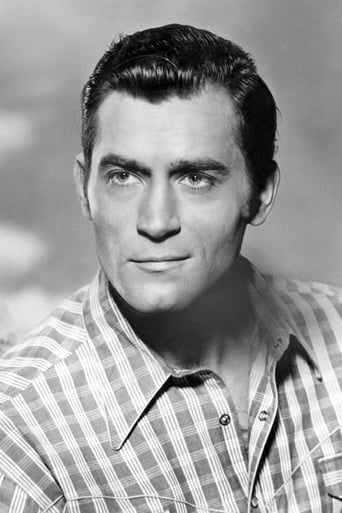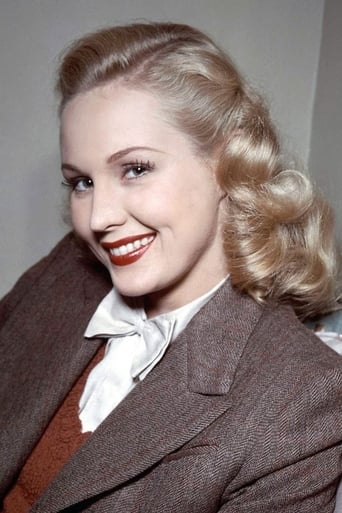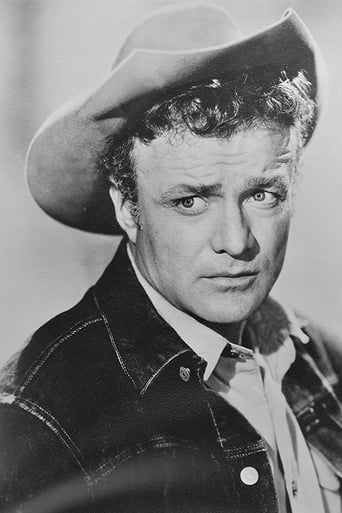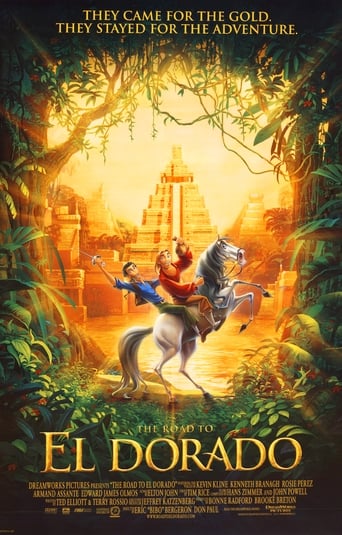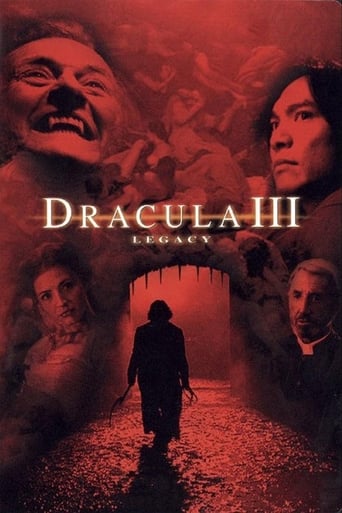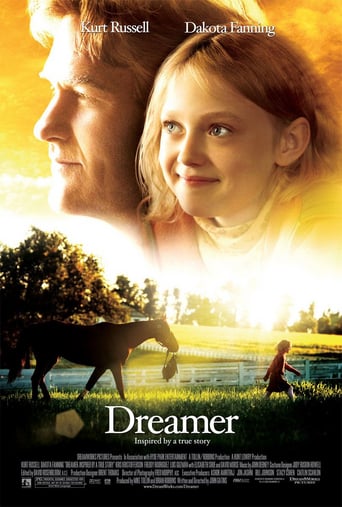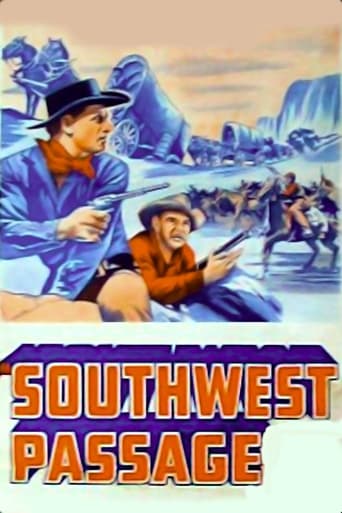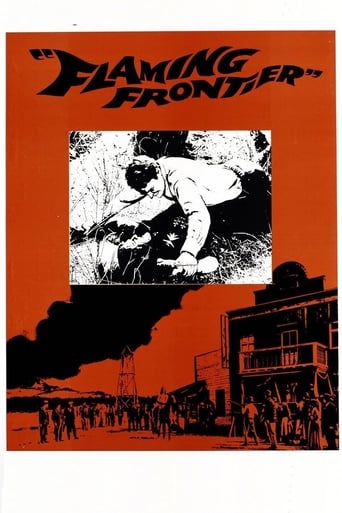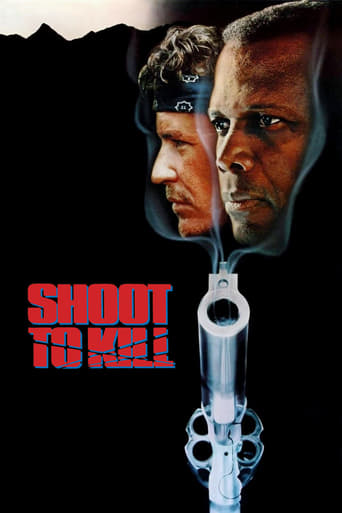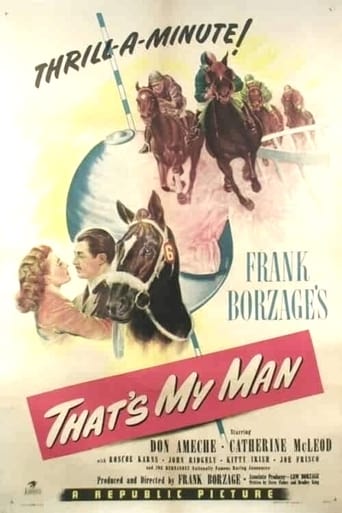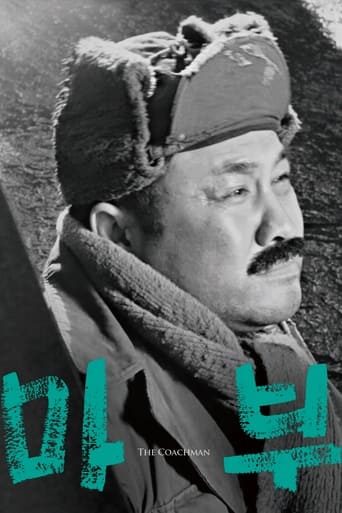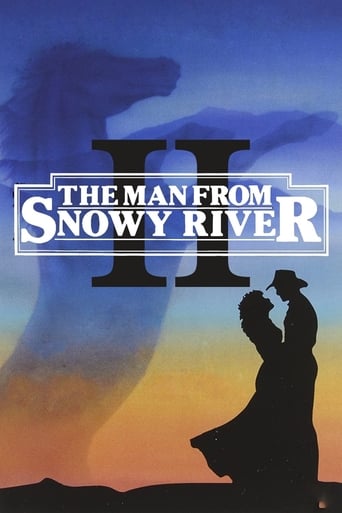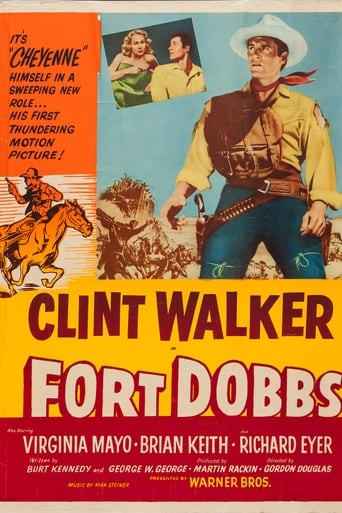
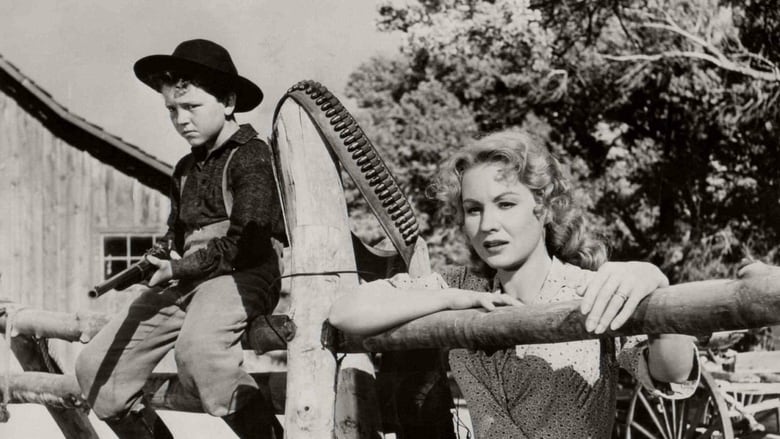
Fort Dobbs (1958)
An escaped prisoner helps a mother and her son flee marauding Indians. Director Gordon Douglas' 1958 western stars Clint Walker, Virginia Mayo, Richard Eyer, Brian Keith, Michael Dante and Russ Conway.
Watch Trailer
Cast
Similar titles
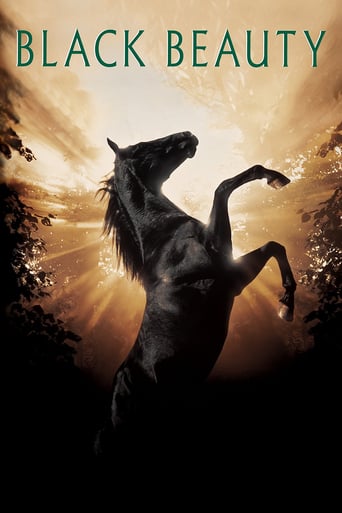
Reviews
Really Surprised!
How sad is this?
Yo, there's no way for me to review this film without saying, take your *insert ethnicity + "ass" here* to see this film,like now. You have to see it in order to know what you're really messing with.
It's simply great fun, a winsome film and an occasionally over-the-top luxury fantasy that never flags.
Clett(Brian Keith), a traveling firearms salesman and probable gunrunner for Native Americans, happens upon the little party of Gar Davis(Clint Walker), just widowed Celia Grey(Virginia Mayo) and her half grown son, Chad(Richard Eyer). Clett was very surprised to see Gar, an old acquaintance, alive, as he was reported by the Largo sheriff as dead from a Comanche arrow in the back. Seems Gar changed clothes with a dead man he found and rolled the body partly down a bank. The posse, who were after Gar for shooting a man in Largo, took the bait and failed to confirm that the body they saw from a distance was indeed that of Gar. They did, however, take his horse, which he left in view to add to the deception. Thus, Gar had to walk a long way in the desert, until he came upon a farm house at night. He tried to take a horse, but Chad grazed his head with a rifle shot, knocking him out for a spell. He told them to be weary of marauding Comanches nearby. Sure enough, they soon showed up and a battle ensued. Eventually, they made an escape by horse, but saw the smoke from the burning house and shed. Gar said they should head for Ft. Dobbs for safety. Celia wanted to go to Largo instead, where she thought her husband was, but Gar said he couldn't go there. Eventually, Celia finds something among Gar's clothing that she recognizes as her husband's, and accuses him of murdering her husband. He denies it, but she doesn't believe him. Still, she concludes she will have to continue traveling with him to Ft. Dobbs for safety.Clett shows up and starts to come on to Celia. Later, they travel on toward Dobbs, when Comanches attack again. Clett and Gar fight them off. Clett shows Gar the new Henry repeating rifles he hopes to sell in Dobbs and Santa Fe, beyond. That night, Clett comes onto Celia strong and tries to rape her. Gar comes to the rescue, they fight, and Clett leaves.I won't detail the rest of the story. Gar has saved the lives or honor of Celia and Chad several times and will again.. Yet, the two are not very impressed until they later change their mind about his killing of their husband/father. They finally are willing to accept his story that the dead body of their husband/father actually prevented his capture, and thus indirectly saved their lives!I will say that this story has a happy ending for 3 of the principals. This is one of those stories where the past transgressions of the leading man are largely forgiven as a result of his subsequent repeated heroics. Other examples include "Bend in the River" and "3 Godfathers". Unfortunately, European-derived justice systems seldom apply this principle of balancing the good and bad in a person's deeds in deciding how they should be punished for their bad deeds. In contrast, the enemy Comanches typically didn't prescribe a punishment for misdeeds or conflicts. Rather, kin or friends of the wronged were allowed to extract revenge on the wrongdoer. So why such Comanches often fled to another village. Justice among Europeans on the frontier often more resembled that of the Comanches than settled European communities.Clearly, this story takes place in the rugged northeastern portion of the present state of New Mexico, although I could find no indication of a historical Ft. Dobbs nor town of Largo in this area.(There was a Ft. Dobbs in NC). However, there is a Largo Canyon, said to be 20 miles from the well known historic Ft. Union, to the NE of Santa Fe. Thus, I propose that Ft. Union was renamed Ft. Dobbs in the screenplay(a common Hollywood device! See my review of "Column South"). Clett's mentioning of the newly released Henry repeating rifles dates this story to around 1862, when Comanche raids on settlers increased, due to the evacuation of many soldiers, to fight in the East.In contrast to various reviewers, i didn't find Brian Keith's Clett terribly interesting nor likable. He just seemed like a talkative sleazebag, who probably peddled firearms to the 'Indians', as well as Europeans. However, Gar's last encounter with him, which proved fatal, was legally a questionable act on Gar's part.Clint Walker's character comes across as another puritanical hero, played by the likes of Fess Parker and Gregory Peck, whom he much reminds me of.Virginia Mayo's character comes across as much more passive than in her previous westerns: "Colorado Territory" and "Along the Great Divide", where she is much more of a tomboy. Of course, she eventually falls for the leading man in all 3 films. But, in "Colorado Territory", this happens almost immediately. In the other 2 films, this doesn't happen until near the ending, because of a factual or mistaken antagonistic association of the leading man with someone dear to her heart, until near the end. In this film, there is also the assumption that Gar will have to answer for his murder.Filming mostly was done in canyon country near Moab and Kanab, Utah, which rather resembles (from photos) the canyon country of NE NM. The treacherous river crossing scene presumably involved the Colorado River near Moab, as was the case for Ford's "Wagon Master", also mostly shot in this area.The plot offers quite a bit of complexity and action, the principals were well cast, and I enjoyed the film. Yes, should have been shot in color!!
FORT DOBBS is a minor western from the stable of Warner Bros. Produced by Martin Rackin for the studio it was intended as a launch pad for the big screen career of "massive" 6ft 6in Clint Walker who had just ended his long run on the hit TV western series "Cheyenne". But Warners weren't taking any chances with their "new" star. They tiptoed with the production and it shows. Firstly, they filmed in Black & White at a time when most movies, particularly westerns, were getting the colour treatment and besides Virginia Mayo the cast had no Marquee names to speak of. But having said that it did have its compensations - in the smooth screenplay by George W. George and Burt Kennedy, crisp monochrome cinematography by William Clothier, a score by the studio's prolific Max Steiner and able direction by the rarely disappointing Gordan Douglas.On the run from the law for a crime he didn't commit Gar Davis (Clint Walker) tries to "borrow" a horse from a remote homestead occupied by widow Celia Grey (Virginia Mayo) and her young son Chad (Richard Eyre). Hostile Comanches attack the homestead and Gar helps to hold them off. Under the cover of darkness the three escape on horseback and Gar commits himself to guiding the woman and the boy across the desert to the safety of Fort Dobbs. But when they get there the Fort has been overrun by Comanches (a good set piece). After managing to access the Fort Gar leaves to get help. He returns with a shipment of repeating rifles which he appropriates from an unscrupulous gun runner Clett (Brian Keith) after a tense fast draw shootout. The brilliant repeaters prove too much for the attacking Indian horde who finally retreat beaten and in total disarray. All's well that ends well and the end sees Gar, Celia and young Chad riding out of the Fort to start a new life together.Performances are reasonably good. Mayo proving that at this point in her busy career she was still easy on the eye and an old hand at playing "the girl" in westerns. Good too is Brian Keith in the relatively small part as the shady gunrunner. The towering Mr. Walker is OK in the lead but his range as an actor is quite limited and it never really improved very much in future film assignments. But he looks well on a horse (if there's one tall enough around) and manages to make an acceptable western hero.The most tangible aspect of the movie is without doubt the splendid score by the tireless Max Steiner. The explosive intro. to the main title is the one he used for the opening to his greatest western score "The Searchers" the year before. There are exciting cues for the various Indian attacks, a river rescue sequence and a marvellous long loping melodic theme for the trekking scenes. But the score's highlight is the rich central piece he wrote to point up the developing relationship between Gar and Celia. Especially poignant is its use in the aftermath of Gar's rescue of Celia from the river. A beautiful arresting cue full of harmonic elegance it is also masterfully rendered in an infectious jaunty variation for the closing scene as the trio ride out of the Fort together in a splendid medium tracking shot.FORT DOBBS is no great shakes as a western but it does have a few things going for it that make it more than bearable.
In the late 1950's, Warner Brothers was the studio responsible for more westerns on television than any other production company in town (the town being Hollywood, of course!) They made stars out Clint Walker, Ty Hardin, James Garner, Jack Kelly and a host of others who appeared in their half hour and then one hour western dramas, which later became parodies of themselves, as the long running Maverick will prove.Here, they rework the "Hondo" plot (lone gunman rescues a woman and her son after finding her husband dead) and spend two thirds of the movie getting themselves to Fort Dobbs. I'll stop there, because actually, under the considered hand of director Gordon Douglas, this is actually an okay film. Walker gives a very quiet performance but it's his character, so you buy it. Virginia Mayo and Richard Eyer give better performances, one scene with the kid especially cool-- and the standard cowboys vs. Indians plot is made a bit more edgy by the presence of Brian Keith as the bad guy. He doesn't show up until the 30 minute mark, but he steals the show and has a great time playing the bad guy.The final scene is laughable ( not in a good way, sorry to say) but prior to that, the action is okay, inter cut with some out takes from "The Searchers", which don't match the Fort Dobbs footage at all.Contains all the usual Warner Brothers sound effects, gun shots and bodies hitting the ground you've heard hundreds of times. Also, the music was by Max Steiner, which notched it up to a 7 for me.If you get a chance, give it a look. VERY LITTLE studio work, a whole lot out OUT DOOR SHOOTING, another high point.
This, the first of three westerns which Clint Walker made with director Gordon Douglas, tried to expand Clint's career beyond his "Cheyenne" TV series. However, box office results indicated no great urge, on the part of audiences, to see in theaters what they could watch for free in their living rooms.In its own modest way, "Fort Dobbs" is a worthy "B" western which tells its story in a competent fashion. The problem lies in the casting of Virginia Mayo as the "damsel in distress." She looks noticeably older than Clint, there's a lack of chemistry between them, and the fact that her husband has just been killed makes any new romance appear "unseemly." Since the relationship between these two leads is the key relationship in the movie, its failure to "work" makes "Fort Dobbs" depend too much on peripheral assets.Although Clint only removes his shirt once in the movie, most of the ads and posters for "Fort Dobbs" spotlighted this prime bit of beefcake, as if the movie had been filmed in "Torso-Scope" or "Pecs-a-rama" or "Chest-o-vision."
